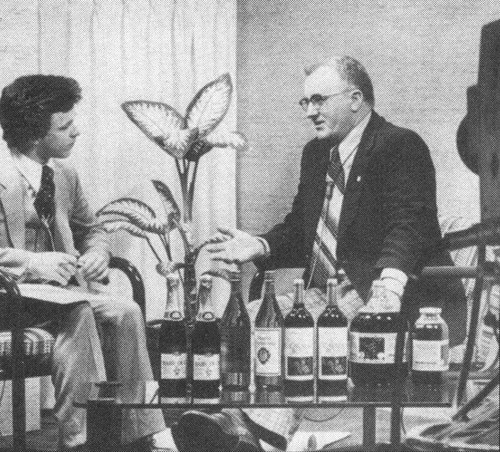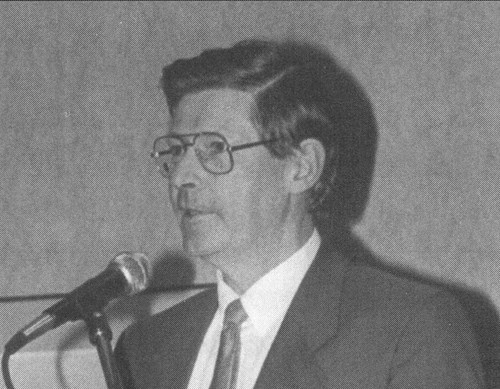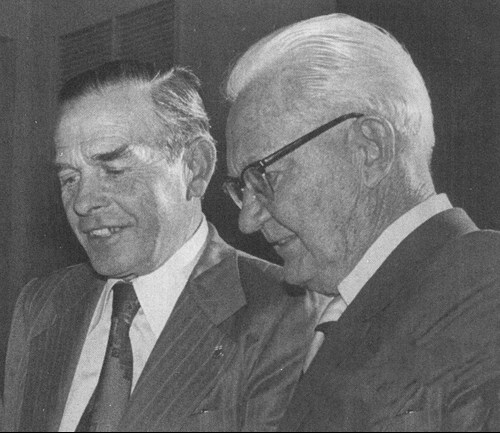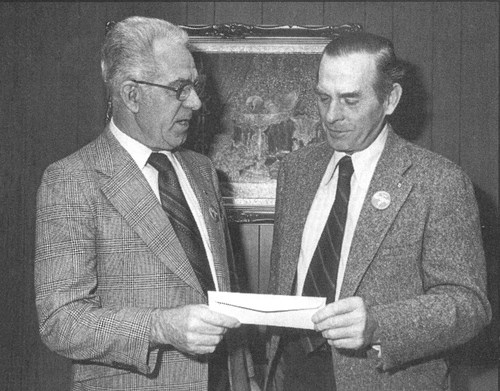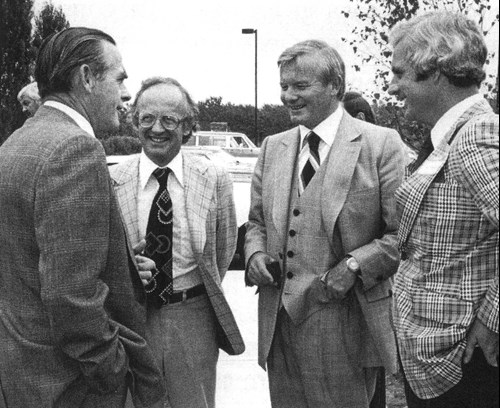“We can never allow a crop to be so tragically wasted as the 1971 surplus,” the Board Chairman told the annual meeting in 1972. The Board acted swiftly in 1975, and again in 1976, when surpluses totalling 23,000 tons shocked growers.
The bridge building into government showed its value. The 1975 surplus was bought by the Board through loans backed by the Province, and senior governments also picked up the costs of processing and storage.
Wineries bought 43,500 tons in the following year when the harvest reached 85,000 tons; again the surplus was heavy with French hybrids which had been hailed as the salvation of the industry. Major tonnages became brandy under Otto Reider’s skillful care; the Board introduced its own label, Small Cask at $7.25 for 750 ml, and it sold well.
M.P. Bill Andres used his powers in Ottawa in 1976 for a federal purchase of 7,000 tons, leaving 4,500 tons for the Board to take up.
Time proved this aggressive approach by the directors was the way to go. Of the 23,000 tons purchased, within one year 21,850 tons had been sold with the proceeds used to offset the costs of the program. 8,500 tons had gone for brandy.


